Commentary: Curbing gun violence takes more than just gun laws
Published in Political News
Every morning as I bring my daughter to school, I worry for her safety. Like many parents, I would do anything to protect her. Yet the fact is that gun violence in the United States is not an avoidable problem — it is woven into our daily lives, a constant source of stress and vigilance.
Just a few weeks ago, my 6-year-old daughter came home and told me about the lockdown drill they had that day at school. Six-year-olds, and kids of all ages, are now living with the fear of getting shot at school. And parents like me are not just concerned. We’re heartbroken, shaken and infuriated that this has become our reality. This year alone, through mid-October, more than 1,000 children in the United States lost their lives due to gun violence and more than 2,660 were injured.
Understandably, many Americans — a majority in fact — support more restrictive gun laws. I agree. A store that sells firearms is only three minutes from my home. In many states, purchasing a firearm — including assault-style weapons designed for rapid firing — can be almost as easy as picking up a gallon of milk.
However, after spending more than three decades working in violence prevention and public health, I have learned that while more restrictive laws are needed, the problem goes beyond access to guns. Indeed, our nation’s prioritization of personal rights over the common good is not only a major barrier to gun law reform, it is the very soil in which America’s epidemic of violence grows.
Other countries with similar wealth and democracies, including Australia, Canada, Japan and most European countries, have dramatically lower rates of gun violence than the United States. They have stricter gun laws, it’s true, but that is only part of the story. These countries have also chosen to invest in their communities, building strong social safety nets and enacting policies that value the collective good.
In contrast, the United States was founded on ideals of individualism and personal rights, which continue to define the nation’s identity. When individualism is prioritized over our collective well-being, investment in our communities suffers: Our health outcomes worsen, social supports weaken and disparities widen. Together, these conditions — combined with easy access to lethal weapons — create fertile ground for gun violence.
Our government was founded to protect both individual liberties and the common good. The Constitution was designed to prevent tyranny, not to elevate individual rights above ensuring the safety and dignity of one another.
Real change comes from strengthening the communities that connect us. When we invest in policies that help everyone thrive — improving access to education, affordable housing, health care, family support, stable jobs and food security — we create communities where people feel valued, connected and hopeful.
Research consistently shows that when people have pathways to financial stability and hope for the future, and when economic and social disparities are reduced, communities are safer. Yet recent funding cuts to programs that support families, job training, education and community development threaten this progress. Renewing, expanding and strengthening these investments is essential to building safer and more resilient communities.
Notably, these kinds of investments don’t just make us safer; they improve health, extend life expectancy and strengthen quality of life for all Americans. They are the foundation for a society where children can go to school each day feeling safe and excited about their futures.
If we want our communities to be safe and thrive, we must invest in them just like we would invest in our own children. After all, our children’s safety and future depend on it.
_____
Elizabeth Reed, a professor of global health at San Diego State University, conducts research on preventing violence and its harmful effects on health. This column was produced for Progressive Perspectives, a project of The Progressive magazine, and distributed by Tribune News Service.
_____
©2025 Tribune Content Agency, LLC.



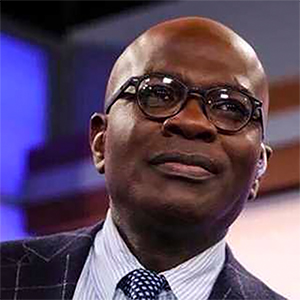

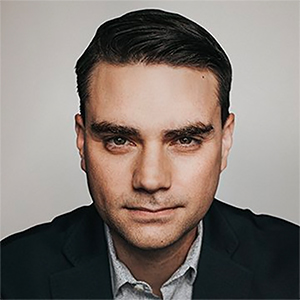


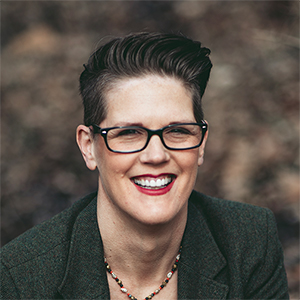

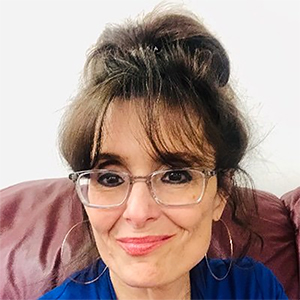






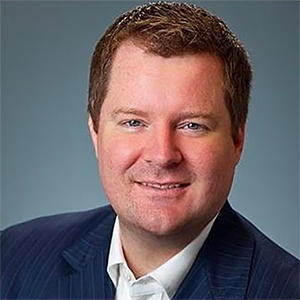

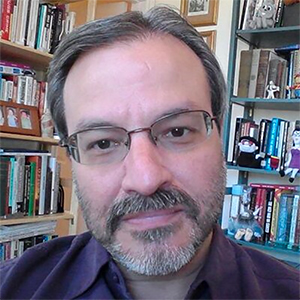



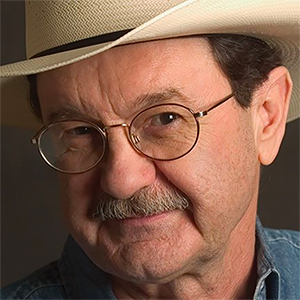


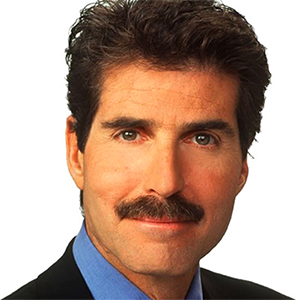
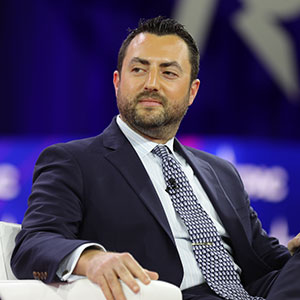















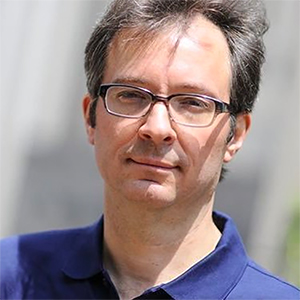












Comments